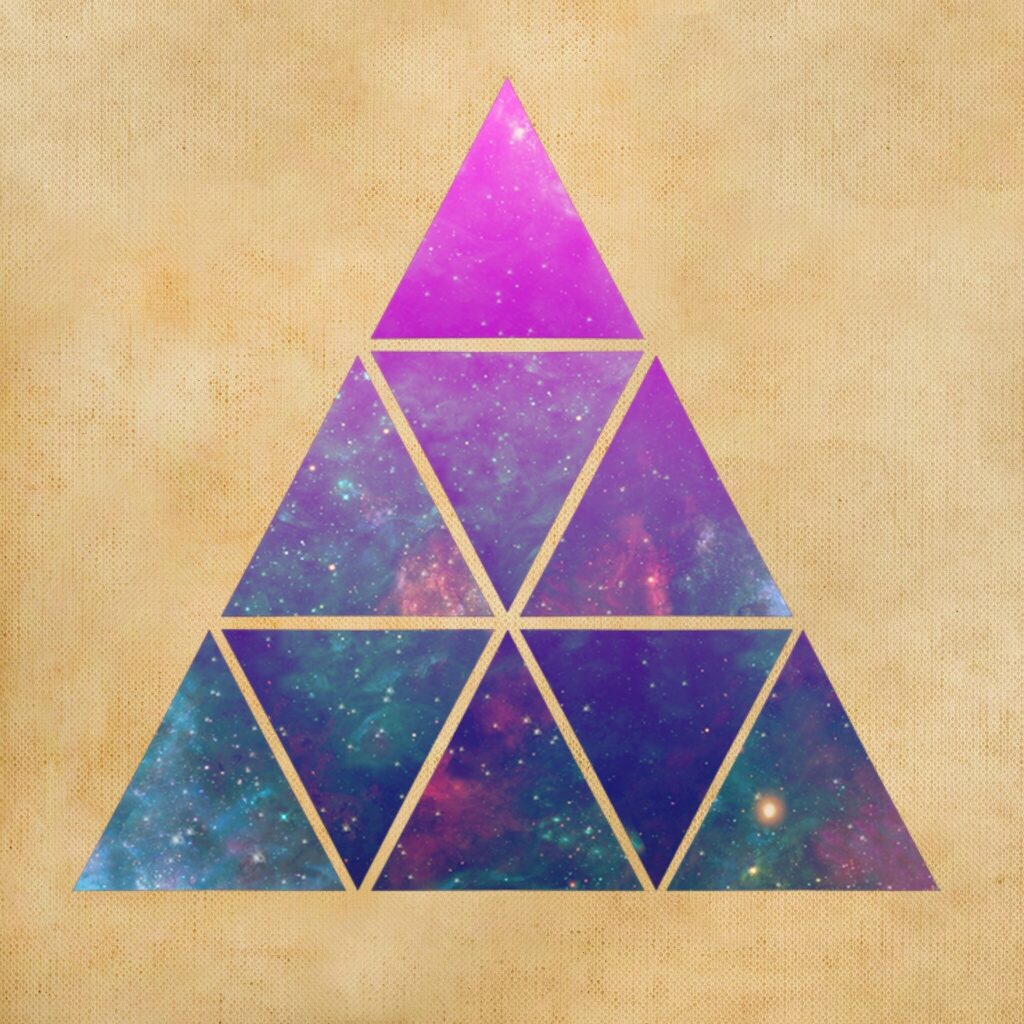Breaking the Triangle
This post is the first in the Breaking the Triangle series. The breaking the triangle tool is the fifth tool in the introspection toolkit. You can access the other tools quickly here using the subjects page.
Lets get going…
What Triangle?
Breaking the triangle is a tool of awareness; awareness of what though?
The drama triangle is a theory of transactional analysis (human interactions) proposed by Stephen B Karpmann. The triangle is all about the three different roles that playout through our interaction. Interestingly though, the triangle applies to both the interactions we have with other humans as well as our own internal dialogue.
There are characters involved:
- The Victim
- The Persecutor
- The Rescuer
The relationship between the characters is represented using a triangle, hence the name:

The key thing to note with the diagram, is the superior positions of the rescuer and persecutor in relation to the victim. This is a reflection of the hierarchical way that the drams in our lives play out.
The Drama Unfolding
The drama triangle is a game where there are no winners. Human interactions which are dominated by the drama triangle are often energy sapping and unproductive.
If we allow our emotions to overwhelm us, we can slip out of our adult ego state and start to fall in to our scripted behaviour patterns. These scripted behaviour patters are very often designed around the roles of the drama triangle and play in to it.
The drama unfolds because the roles in the triangle are not static. The actors can change role and often occupy multiple roles at the same time. It is the fluidity of the roles that creates the drama and saps our energy.
None of the actors will grow or develop as a result of the interaction. Well, that is if they are not conscious of what is happening. If you learn about the drama triangle it will help you better understand yourself, other people and why certain interactions with others work out the way that they do.
You can consciously play the game to learn how to not play it at all.
It is worth remembering that:
- A Persecutor has been or will sooner or later become a Victim or a Rescuer.
- A Rescuer has been or will transform into a Persecutor, Victim or both.
- A Victim may have been or will become a Rescuer or Persecutor.
Now, lets have an initial look at the main actors …
The Persecutor
Whispering words such as “it’s all your fault” the persecutor is the energy giver in the drama.
Persecutors blame Victims and criticize Rescuers.
The Rescuer
Let me help you… a rescuer is always on the lookout for a victim in need. This helps to satisfy their need to feel needed.
Rescuers create dependent Victims and persecute Persecutors.
The Victim
Oh, poor me.
Trapped, helpless and weak. Life is done to victims. They are at the mercy of Persecutors and are crying out for a Rescuer to save them.
Starting the Game
Each one of us will have a default starting role in the game of the drama triangle. Now to be clear, sometimes we can be invited in to the triangle and cast into a role by another actor. When this happens, if the role we are given differs to our preferred default state, it can hurt.
Our default role is as a result of the scripts and self-belief that we hold.
Learning about the roles how the drama can unfold though each of their eyes can help us to understand more about ourselves so we can spot these self-limiting behaviour patterns.
When we know that these games are being played, and can identify in ourselves how we like to participate in these games. We can then afford ourselves the power of choice to no longer participate.
In the next post, we will take a much deeper look at each of the roles so you can see which one applies to you the most.
I say the most, because at one time or another, you will occupy more than one, and sometimes even all of the roles.

Enjoy, for now.
Previous Post – Emotional Checkpoint: Benefits and practical applications
